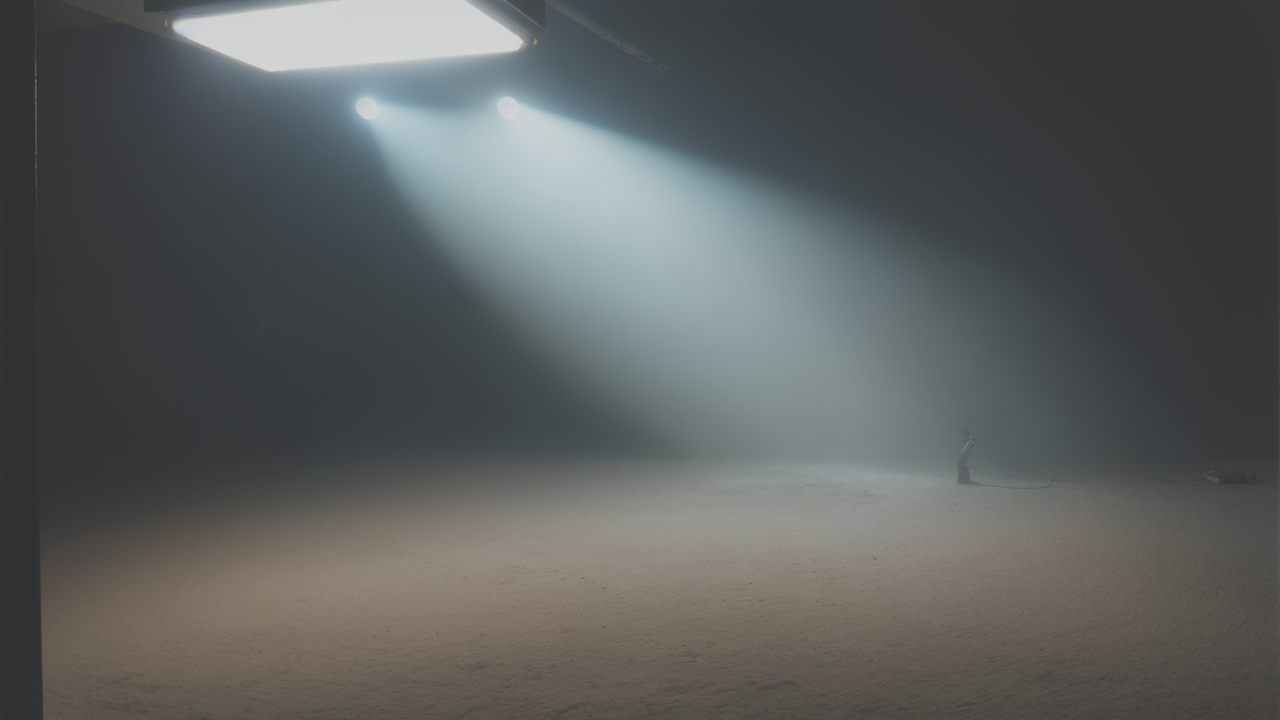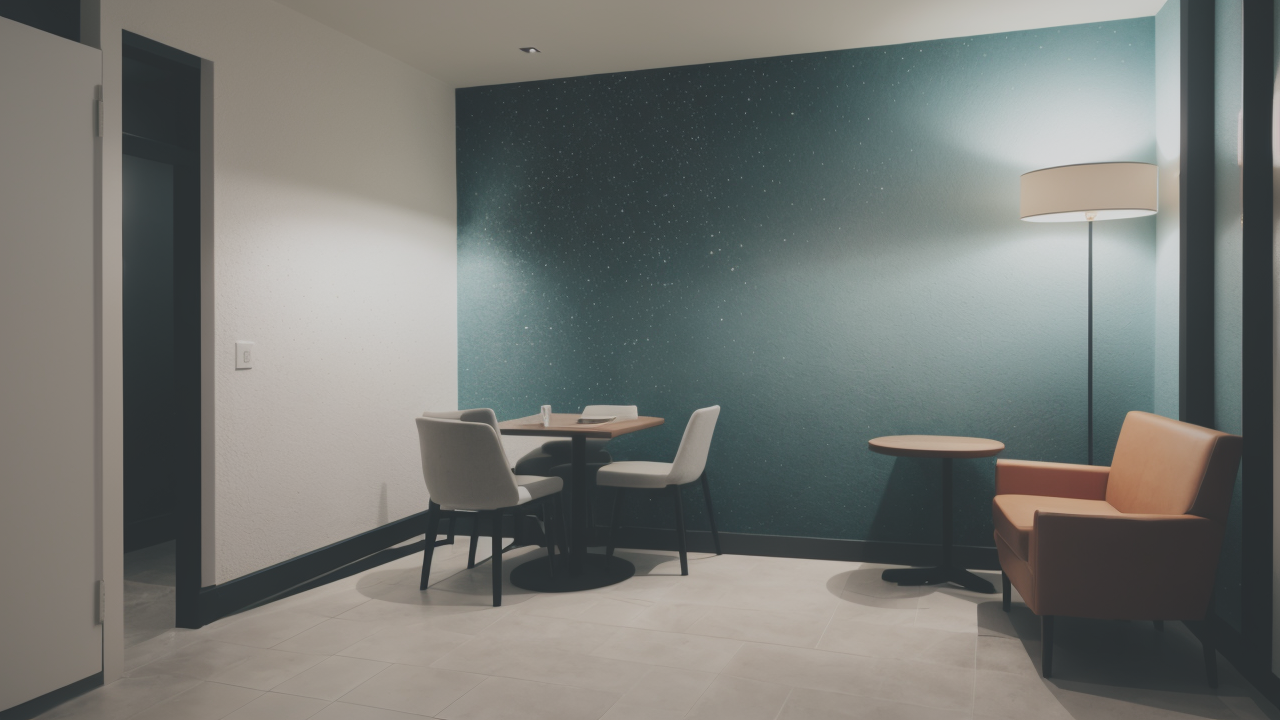
The Art of Nawabi: Incorporating Exotic Textures in Oil Paintings
Introduction to Plaster Art Texture Painting
The Rise of Plaster Art in the United States
Plaster art texture painting has seen a surge in popularity across the United States. This unique form of wall art adds depth and character to spaces. It blends traditional techniques with modern artistic expression.

More homeowners and businesses are choosing plaster art for their interiors. It offers a custom look that standard paint can't match. The trend has grown thanks to social media and design shows.
Plaster art allows for endless creativity. Artists can create smooth surfaces or bold, textured designs. This versatility appeals to many different tastes and styles.
The rise of plaster art also shows a growing love for handmade items. In a world full of mass-produced goods, people value unique, artisanal touches in their spaces.
Key Materials and Tools for Texture Painting
To create plaster art, you'll need specific materials and tools. Here's a list of essentials:
- Plaster: Choose high-quality, fine-grained plaster for best results.
- Trowels: Various sizes for applying and shaping plaster.
- Texture combs: Used to create patterns in wet plaster.
- Pigments: For adding color to the plaster mixture.
- Sealants: To protect the finished artwork.
- Sandpaper: For smoothing and refining surfaces.
- Mixing buckets: For preparing plaster and color mixtures.
- Protective gear: Gloves, goggles, and dust masks for safety.
Quality tools will make your work easier and more professional. As you gain experience, you may find more tools that suit your style.
Choose materials based on your project needs. Indoor and outdoor installations may need different types of plaster and sealants.
Advanced Techniques in Plaster Art Texture Painting
Creating Depth and Dimension in Your Artwork
Adding depth and dimension is key to creating stunning plaster art. One effective technique is layering. Start with a base layer and build up more layers of plaster. This creates natural shadows and highlights.

Use different tools to create varied textures within the same piece. A smooth area next to a rough area can create visual interest. Try carving into partially dried plaster for bold, sculptural effects.
Color plays a crucial role in adding dimension. Use lighter shades to bring areas forward. Use darker tones to create depth. Gradual color changes can create a sense of movement within the piece.
Consider adding found objects for extra texture. Press leaves, fabric, or other items into wet plaster. This can add a surprise element and intrigue to your work.
Achieving Desired Textures and Patterns
Texture is at the heart of plaster art. Here are some techniques to create diverse textures:
- Trowel techniques: Change pressure and angle for smooth or rough surfaces.
- Combing: Use texture combs for linear or swirled patterns.
- Stippling: Tap the surface with a brush or sponge for a speckled effect.
- Sgraffito: Scratch through layers to reveal underlying colors or textures.
- Imprinting: Press objects into wet plaster to leave marks.
Try combining these techniques for unique results. Practice on small boards before applying to larger pieces. This helps you refine your skills and discover new effects.
Don't be afraid to mix techniques in the same artwork. A piece with varied textures can be visually exciting and interesting to touch.
Maintaining Quality and Durability in Art Installations
Ensuring the longevity of your plaster art is crucial. Start with proper surface preparation. Clean and prime walls before applying plaster. This ensures good sticking and prevents future issues.
Use high-quality materials suitable for the environment. For outdoor installations, choose weather-resistant plasters and sealants. Indoor pieces may need different products.
Apply sealants carefully to protect the finished artwork. This helps prevent chipping, cracking, and fading. Some sealants can change the color or shine of the plaster. Always test on a small area first.
Regular care is key to preserving plaster art. Dust often with a soft, dry cloth. Avoid harsh cleaning products that could damage the surface. Fix any chips or cracks quickly to prevent more damage.
Leveraging Plaster Art Texture Painting for Commercial Success
Tips for Incorporating Texture Painting in Home Decor and Commercial Spaces
Plaster art can transform any space. In homes, consider accent walls in living rooms or bedrooms. These create focal points and add character. For bathrooms, use moisture-resistant plaster for a spa-like feel.

In commercial spaces, plaster art can support brand identity. Use colors and textures that match the company's image. Reception areas and meeting rooms are great for statement pieces.
Think about scale when planning installations. Large, bold textures work well in big areas. For smaller spaces, use subtler textures and lighter colors to avoid overwhelming the room.
Lighting is crucial in showing off plaster art. Use directional lighting to highlight textures and create dramatic shadows. This can change how the piece looks throughout the day.
Case Studies: Successful Businesses Using Plaster Art Texture Painting
Many businesses have successfully used plaster art in their spaces. A boutique hotel in New York used textured plaster walls in guest rooms. The unique designs became a talking point, boosting social media posts.
A high-end restaurant in Chicago featured a large plaster mural in its dining room. The piece, inspired by local landmarks, complemented the menu and created a special dining experience.
A tech startup in San Francisco used colorful plaster textures in its office design. The vibrant environment boosted employee mood and impressed clients. It also matched well with the company's innovative brand image.
These businesses found that plaster art added value beyond just decoration. It created memorable experiences for customers and employees alike.
Strategies for Marketing and Selling Plaster Art
To market plaster art effectively, focus on its unique qualities. Highlight how it can be customized. Show how it can be tailored to specific spaces and styles.
Use high-quality photos and videos to capture textures and dimensions. These are crucial for online marketing. Consider making time-lapse videos of the creation process to engage potential clients.
Work with interior designers and architects. They can recommend your work to clients looking for unique wall treatments. Offer workshops or demos to build interest and showcase your skills.
Use social media platforms to reach more people. Instagram and Pinterest work well for visual art. Share behind-the-scenes content and finished projects regularly.
Create a professional website to showcase your work. Include testimonials from happy clients to build trust. Offer virtual consultations for clients who can't visit in person.
Price your work based on complexity, size, and time invested. Be clear about your process and pricing. Remember, you're selling not just art, but a unique, customized experience for each client.


